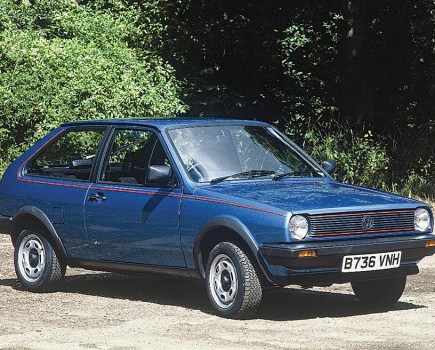It may have been responsible for some alarming automotive own-goals – but British Leyland made some great sports cars
Words: James Bowers
British Leyland is often met with dismissive sighs or a mocking chuckle in enthusiast conversation. BL was hardly a bastion of good business practices, but it wasn’t all just beige Allegros and workforce strikes. In fact, despite the common narrative, the marque did have a few moments to be proud of, and arguably most of them were performance cars.
The MGB, for example, is one of the best-selling sports cars of all time. Meanwhile, on the ‘grand tourer’ end of the spectrum, Jaguar’s XJ-S was conceived while the Big Cat was on BL’s leash, and despite a tricky start, that car is still fondly remembered today. However, in typical British Leyland fashion, not all of their sporty ventures were well-received.
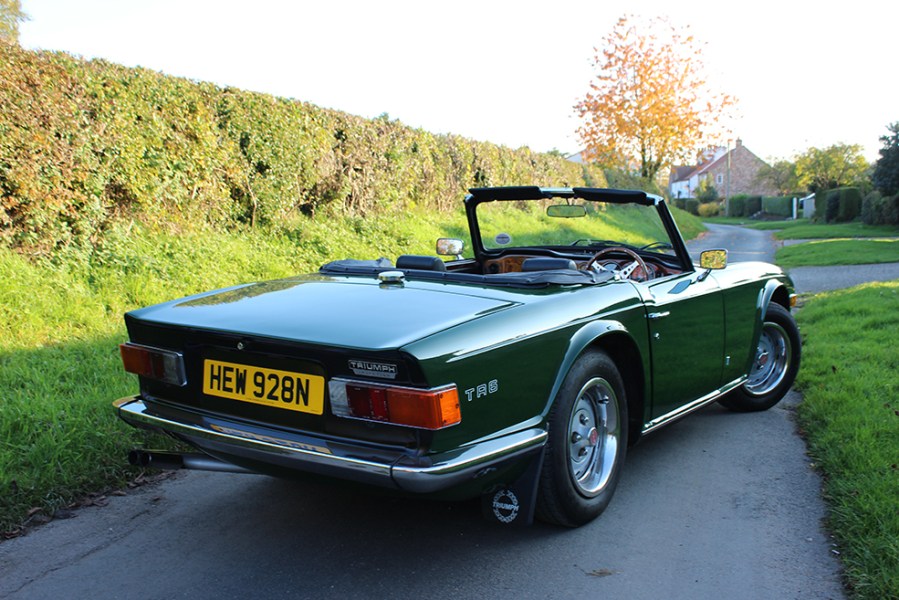
Triumph TR6
Triumph was producing sports cars way before the British Leyland merger. In fact, rather awkwardly, they had been one of MG’s biggest rivals, and while that wouldn’t change, the two companies would have to learn to live under the same roof.
At the time, the TR range was Triumph’s flagship, and therefore became one of the prized products inherited by BL. Upon the joining of forces, Triumph was already prepared to hit the market with the new TR6; a two-seater roadster much like the MGB. However, if you were to compare the two, there would only be one winner on paper. Using underpinnings that largely resembled those of a ’61 TR4, the Triumph TR6 seemed like a bit of a dinosaur. It did, however, have an ace up its sleeve. What it lacked in handling sophistication, it certainly made up for in sheer grunt.
While the MGB was by most measures the better car to drive, it only had a 1.8-litre four-cylinder engine. The TR6, by contrast, was blessed with a 2.5 litre straight six, making it significantly faster upon launch. This was especially true of the UK-spec cars, which benefitted from Lucas fuel-injection which when on-song provided 150bhp.
Eventually, the TR6 would be detuned to mitigate against a few technical gremlins, but nonetheless it was still more than a match for the pace of the MGB. The outgoing TR5 used the same core engine block though, so if the main evolutions weren’t in the engineering department, where were they? The answer was simple: the styling.
Instead of enlisting the help of the Italians though, like most British companies would have done at the time, Triumph elected to seek style input from Germany; specifically, the production firm Karmann, which had most famously been involved in Volkswagen’s aptly named Karmann Ghia coupe.
Between them, Karmann and Triumph came up with a muscular, blocky nose-and-tail facelift of the TR5, which seemed to suit the car’s character, especially in comparison to the curvier lines of the more precise MGB. So, if you like your roadsters to have a slightly brutish tang to them, the TR6 may well be the answer.
MGB
There’s no doubting that the MGB – perhaps the most iconic MG of all time – was a resounding success. Today, its relative affordability, large survivor numbers, and good driving dynamics mean that it is often sighted as an ideal ‘starter classic’. But can British Leyland really take the plaudits?
In truth, the MGB was already a well-established model by the time BL was formed in 1968. The pieces had been set out by MG since 1963, meaning that all that the new management structure had to do, was simply make sure that they didn’t spoil the recipe. Some would argue that they couldn’t even manage to do that, given the introduction of rubber bumpers in 1974. In fairness, US regulations at the time meant that BL’s hand was forced. Regardless, they surely could’ve come up with a more elegantly designed solution.
The MGB was a wonderful car, based around a monocoque at a time when its contemporary rivals were still working with body-on-frame chassis. Its handling and braking ability was class-leading, while the engine – the robust 1800cc B-Series unit – wasn’t bad either.
Plus, if you didn’t fancy a roadster, MG also offered a hardtop coupe in the form of the GT, which was beautifully styled by Pininfarina.
MG Midget
As with the MGB, by the time British Leyland was formed, the Midget was already a well-established model. In fact, by 1968, the third generation of the car had already been on sale for two years.
Derived from the Austin-Healey Sprite, the Midget was effectively pitched as a little brother to the MGB; a factor which was reflected in its more diminutive body and smaller 1275cc engine. The power unit was actually the same one that was supplied in the legendary Mini Cooper S, albeit detuned somewhat.
A minor facelift was commissioned by BL in 1969, adding more black accents and a revised grille, but the general ingredients remained largely unchanged. As was the case with the MGB, British Leyland would do well to tamper with the Midget’s formula as little as possible.
Of course though, when the Americans shifted the regulatory goalposts in 1974, the Midget also had to bend to them, such was the importance of the US export market. To combat the handling issues presented by its newly enforced taller ride height, anti-roll bars were introduced. Plus, due to the increasingly stringent rules, the company’s decision makers swapped out its A-Series engine for a 1500cc Triumph motor, giving the car more torque and fewer emissions.
Despite their efforts, the later Midgets were rather hamstrung in comparison to their predecessors, but did at least continue to sell relatively strongly until the model was finally pulled from production in 1979.

Triumph Spitfire
Like the MGB, the TR6 had its own lightweight understudy. First introduced in 1962, the Triumph Spitfire had long been playing the role of supporting cast alongside the TR series, effectively rivalling MG’s Midget. Like the bigger TR6, the Spitfire’s Herald-based inner workings weren’t all that much to shout about, though its 1300cc four-cylinder engine ensured it was well matched against the Midget for power.
A facelift commissioned by BL arrived in 1970, with most of the aesthetic changes being focused on the rear end. An effort was also made to extract a bit more performance out of its power unit, giving it a useful 63bhp.
More important than that though, the critiqued rear suspension set-up was addressed, creating a tangible improvement in the way that the car handled. Like the rest of the models, more changes arrived in 1974; the biggest of which being the 1500cc engine that was also offered in the Midget.
Although the Spitfire could never really be described as the best of its kind, it still sold exceptionally well thanks to its sleeker looks compared to MG’s offering, but cheaper retail price compared to either of BL’s bigger sports cars.
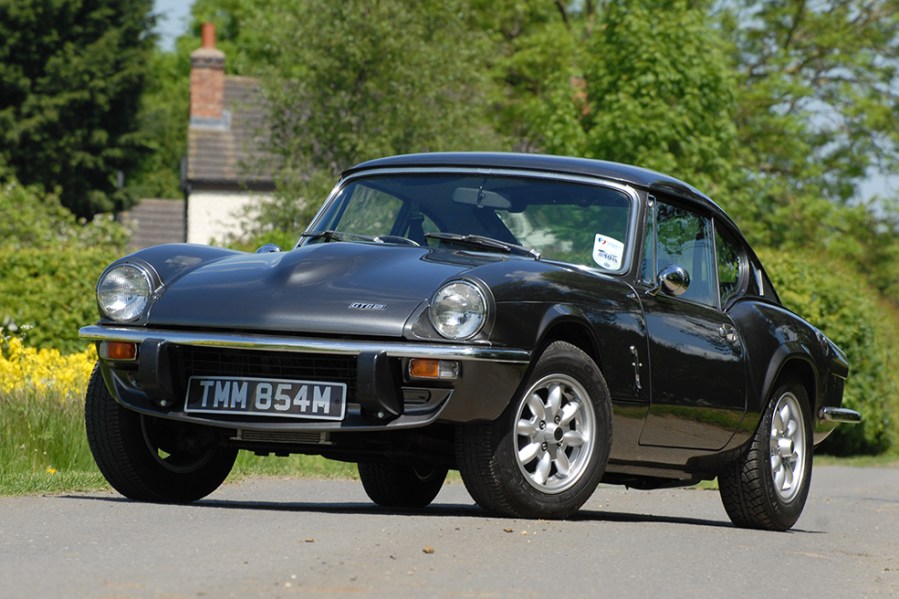
Triumph GT6
Imagine that you’re a car buyer in the late 1960s. You’ve got your heart set on a sports car, a Triumph specifically. However, the Spitfire doesn’t quite feel fast enough and the TR6 is a bit too much. Oh, and you aren’t a fan of messing up your hair in the wind.
Well, Triumph believed that they had the answer in the form of the GT6, a true Goldilocks car positioned between their other sporting models. Based on the Spitfire platform, the GT6 retained the more elegant looks of its sister-car, while at the same time offering power closer akin to that of the bruising TR6, thanks to its smaller capacity 2-litre six.
Meanwhile, its Michelotti-designed hardtop coupe roofline not only gave its driver more protection from the elements, but also provided a little extra structural rigidity. However, when Triumph released the car in 1966, the flawed suspension system that it shared with the Spitfire only felt worse in conjunction with its bigger power unit. So, the second generation GT6 had to arrive fast, and did so under BL’s watch in the first year of the merger.
The changes made certainly helped, but by then the car’s reputation had already been somewhat tarnished. Significantly outsold by its MG counterparts, the GT6 only lasted until 1973, before finally being culled by the big-wigs.
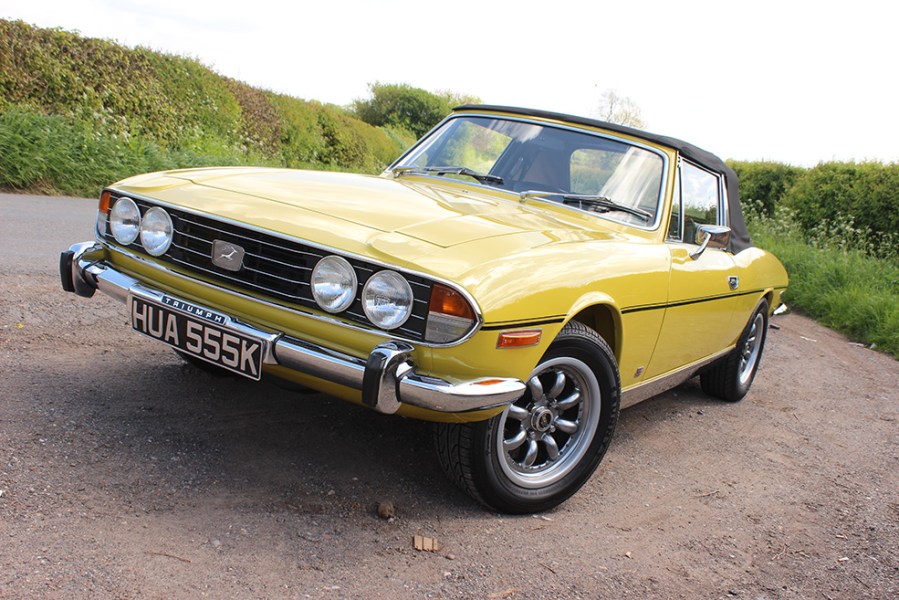
Triumph Stag
A few years prior to the launch of the Jaguar XJ-S, BL commissioned Triumph to produce the Stag, a more financially attainable grand tourer with a far less glorious fate. Visually, it was a triumph in every sense of the word. Having emerged from the ashes of a one-off show car based on the Triumph 2000 saloon, Giovanni Michelotti created a 2+2 convertible with a definitively premium look.
However, that’s where the successes ended. Fitted with a V8 engine, it had the credentials to back its sporty image, but as things would transpire, that engine would turn out to be a curse rather than a blessing. Not long after the Stag hit showrooms, complaints of overheating began to emerge, and they didn’t stop.
Cooling issues and cam chain problems were two of the most common diagnoses, and when paired with the overall quality slide at British Leyland in the ’70s, customers were turned off by the poor reputation the cars gained as they aged and were attended to by back street garages unfamiliar with OHC alloy V8s.
The Stag never recovered from its image issues and was taken off sale in 1977. Even today, some enthusiasts would never dare to touch them. However, despite all of this, plenty remain.
So, while it certainly had its weaknesses, perhaps it is unfair to suggest that the Stag is a car destined to fail. In fact, there are plenty of examples remaining that go to show that with today’s know-how and specialist back-up the Triumph V8 can be long-lived.
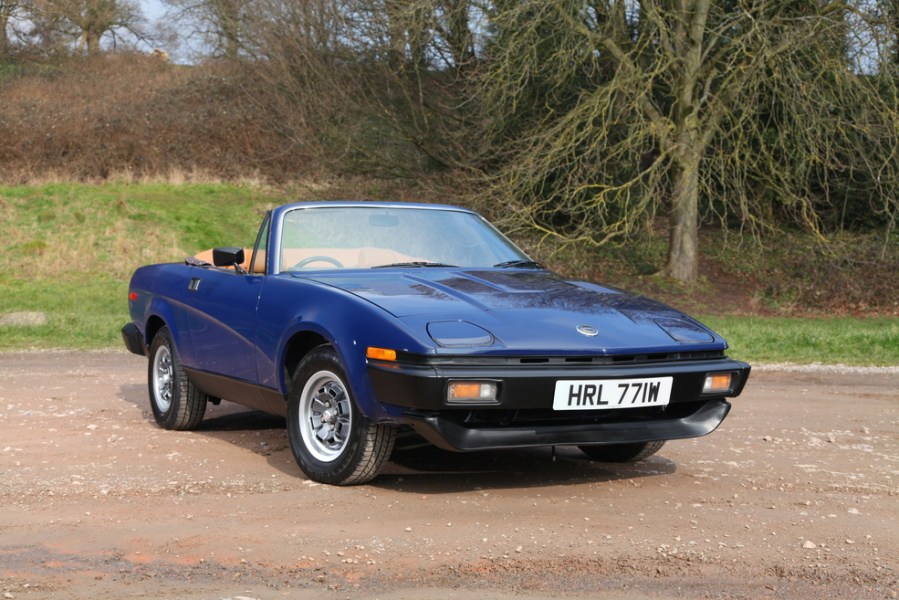
Triumph TR7
“Oh my god, they’ve done it to the other side as well!”. If you’re a classic car fanatic, then there’s a good chance that you’ll have heard this quote. Supposedly, it is what Italian stylist Giorgetto Giugiaro said when viewing the Triumph TR7 for the very first time. In truth, his words echoed the sentiments of many when the TR6 successor was first unveiled, given its challenging angular design.
For those in charge at BL, such a bad initial reaction must have raised a few heartbeats, as a lot was riding on the car. Gone were the days of MG and Triumph producing vehicles in parallel with each other. From a financial perspective, that made little sense, so it was decided that just one of the marques should go ahead with a new generation of sports car. Triumph won the debate with their ‘Bullet’ concept, helped largely by its conventional and cost-effective front-engined design, whereas MG had planned to develop an innovative mid-engined car known in-house as ADO21.
With all of BL’s eggs placed in Triumph’s basket, the Bullet concept was unveiled in 1975 as the new TR7. Looks aside, its abilities as a sports car were largely well-received in the motoring press, despite the TR having had to forego its six-cylinder power for a four-cylinder block instead.
Unfortunately, customers weren’t quite as happy, as like the Stag, the TR7 had its fair share of quality control issues, ranging from overheating engines to poorly constructed bodywork. Somehow, despite all of this, the TR7 actually went on to become the best-selling TR series car of all time, perhaps due to its extended six-year production run.
It eventually ran its course in 1981 however, and Triumph as a brand was closed down just a few years after that.




